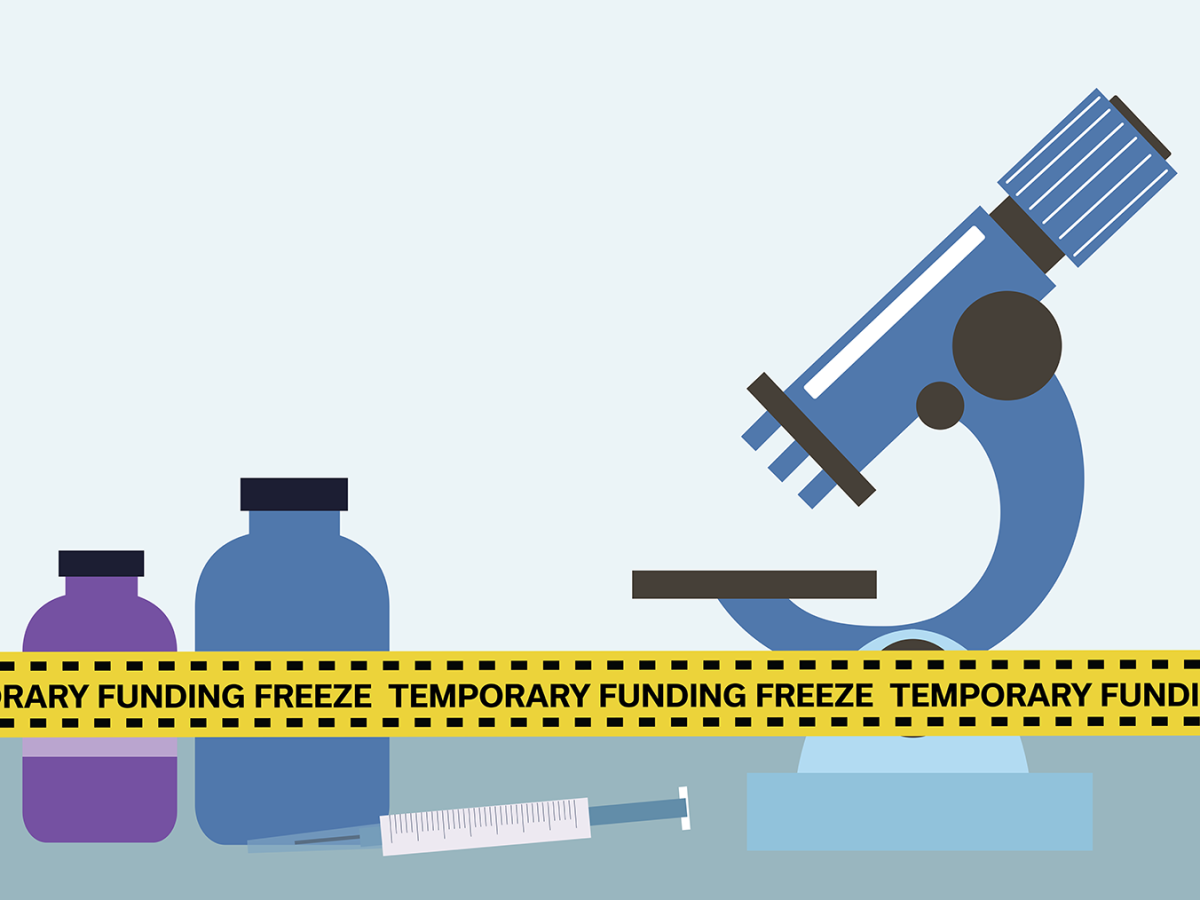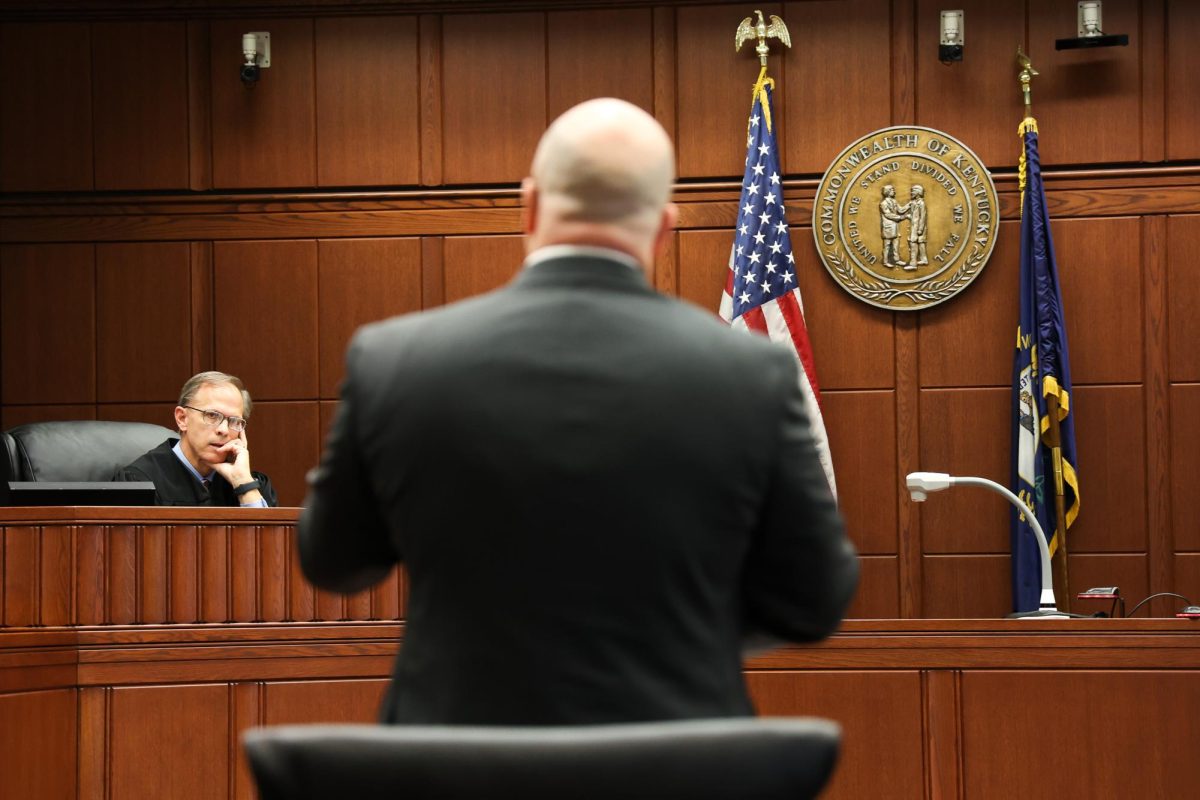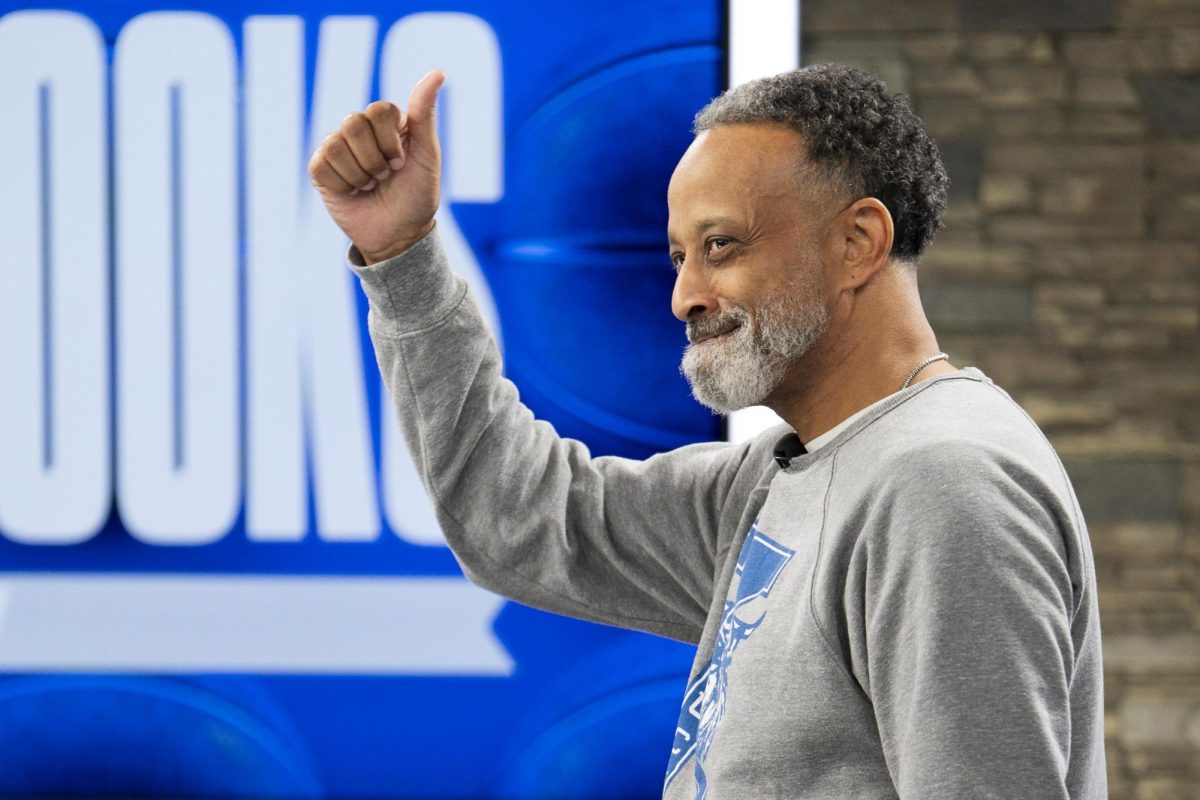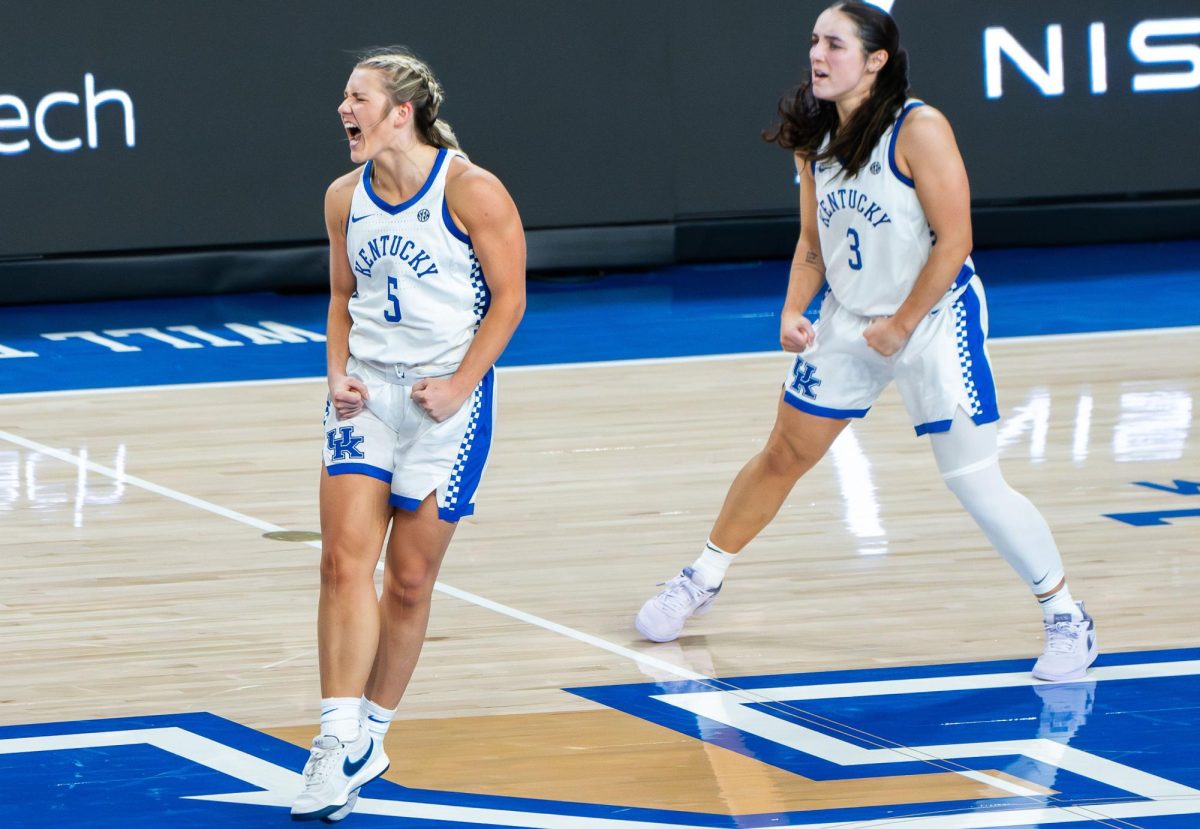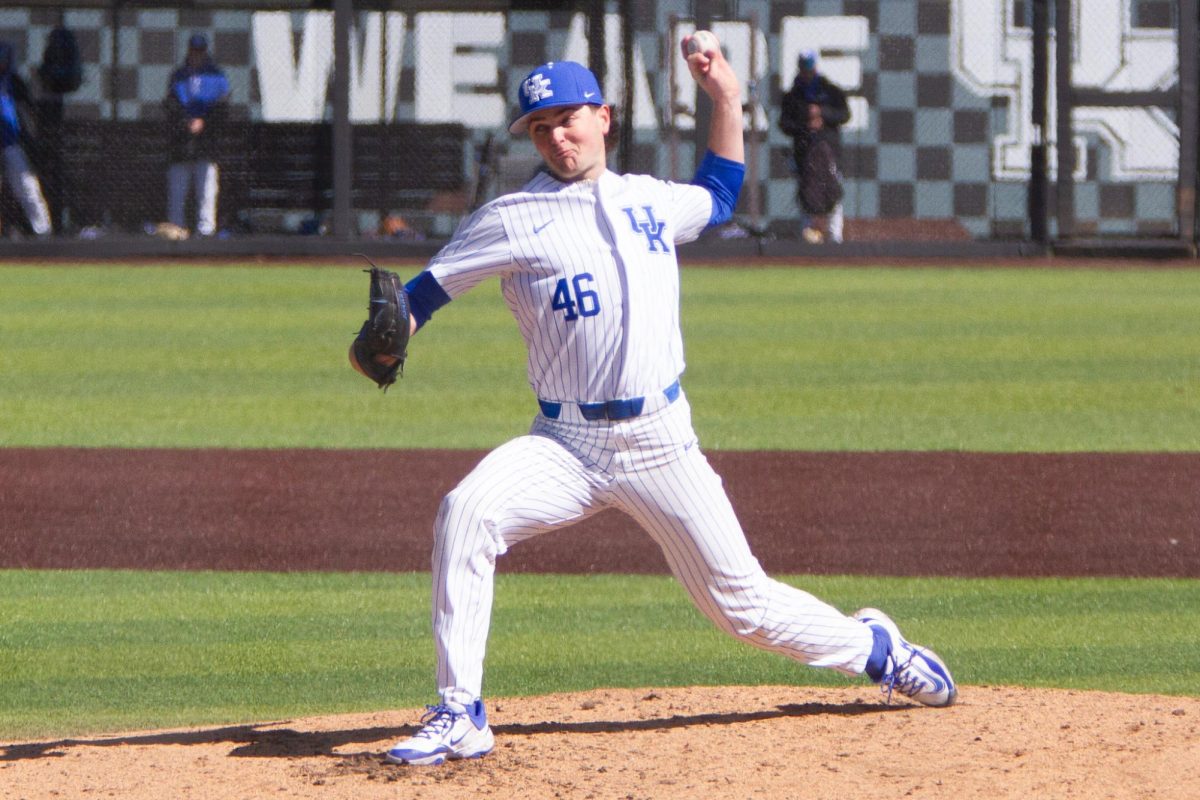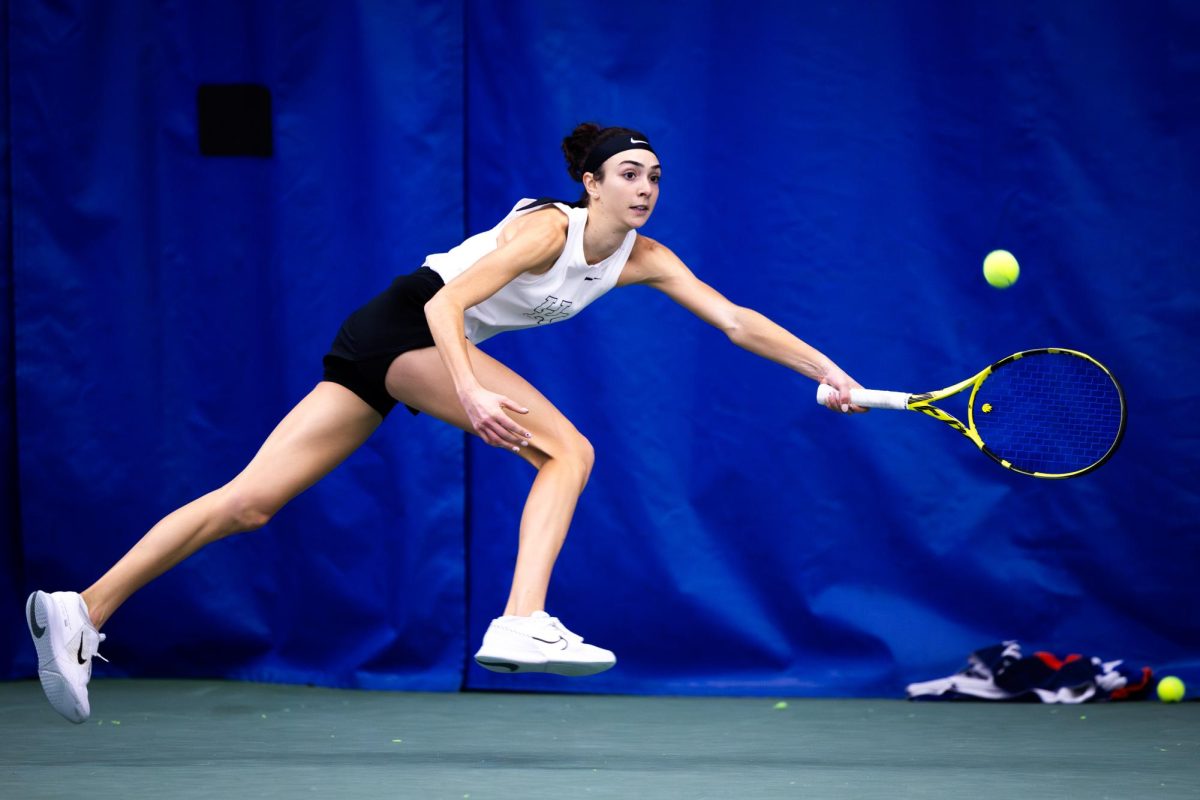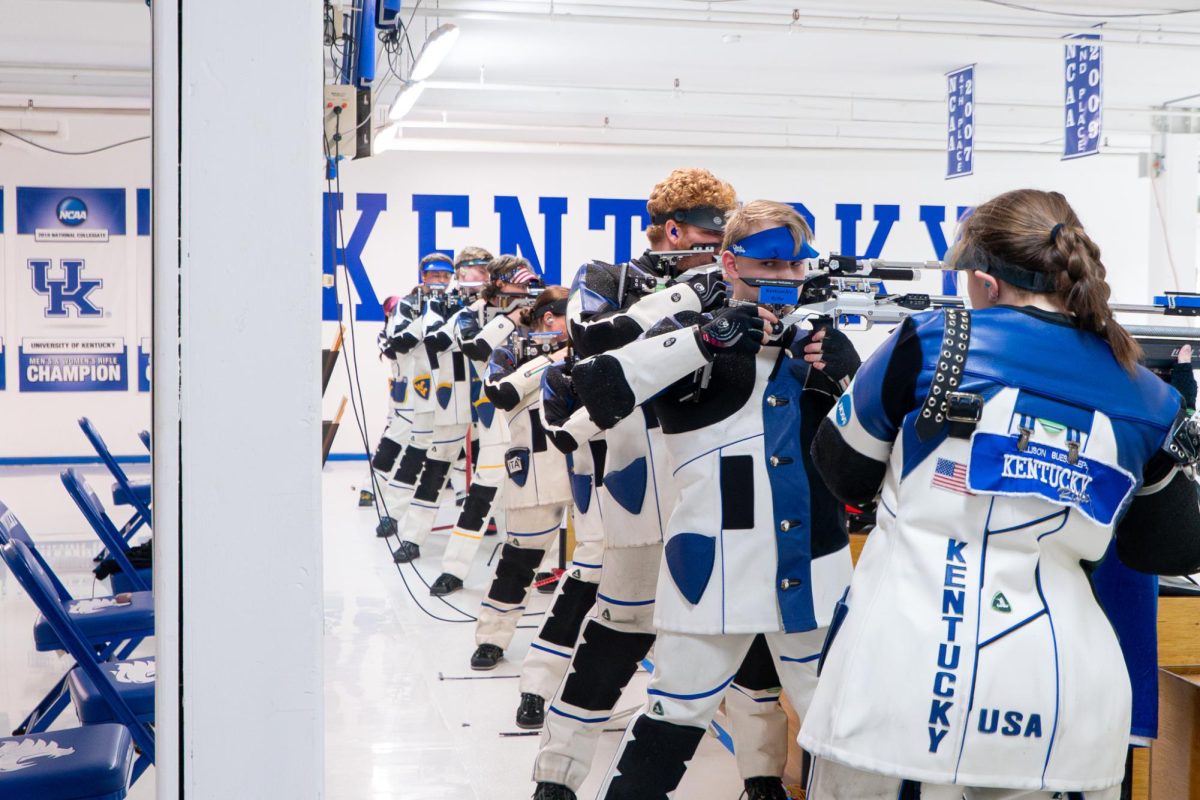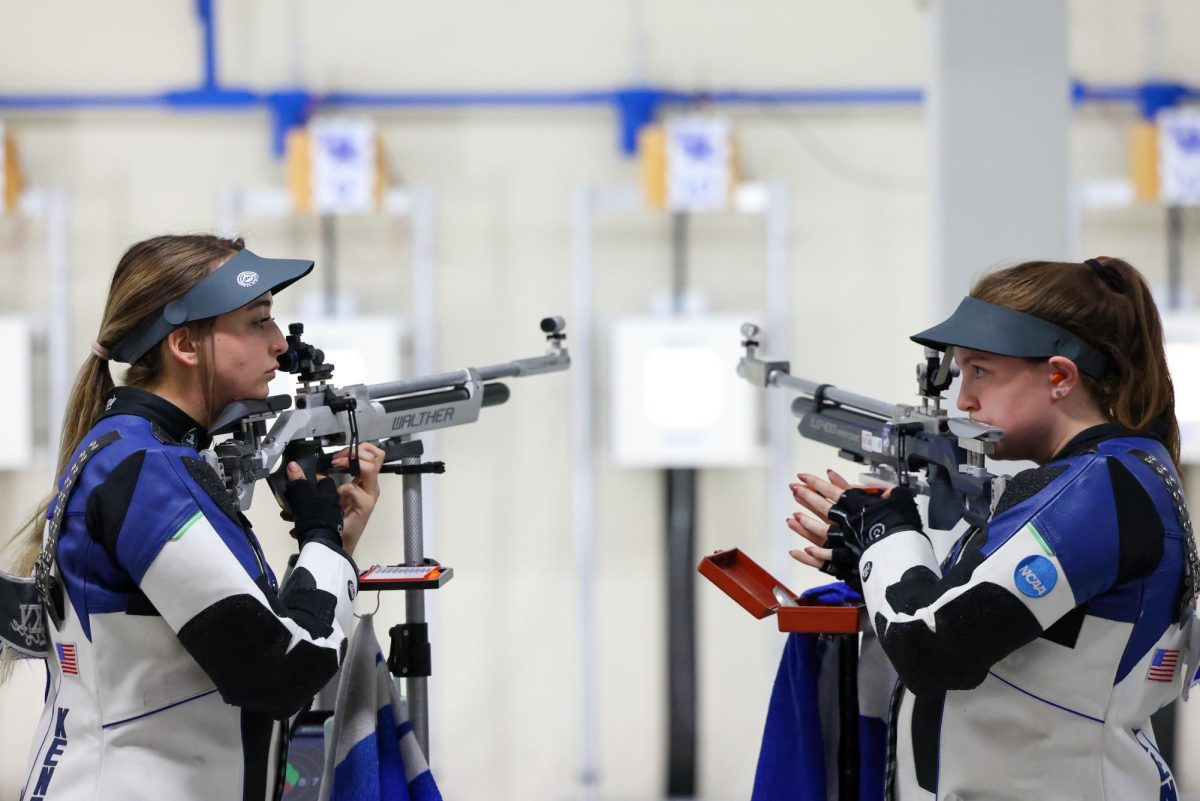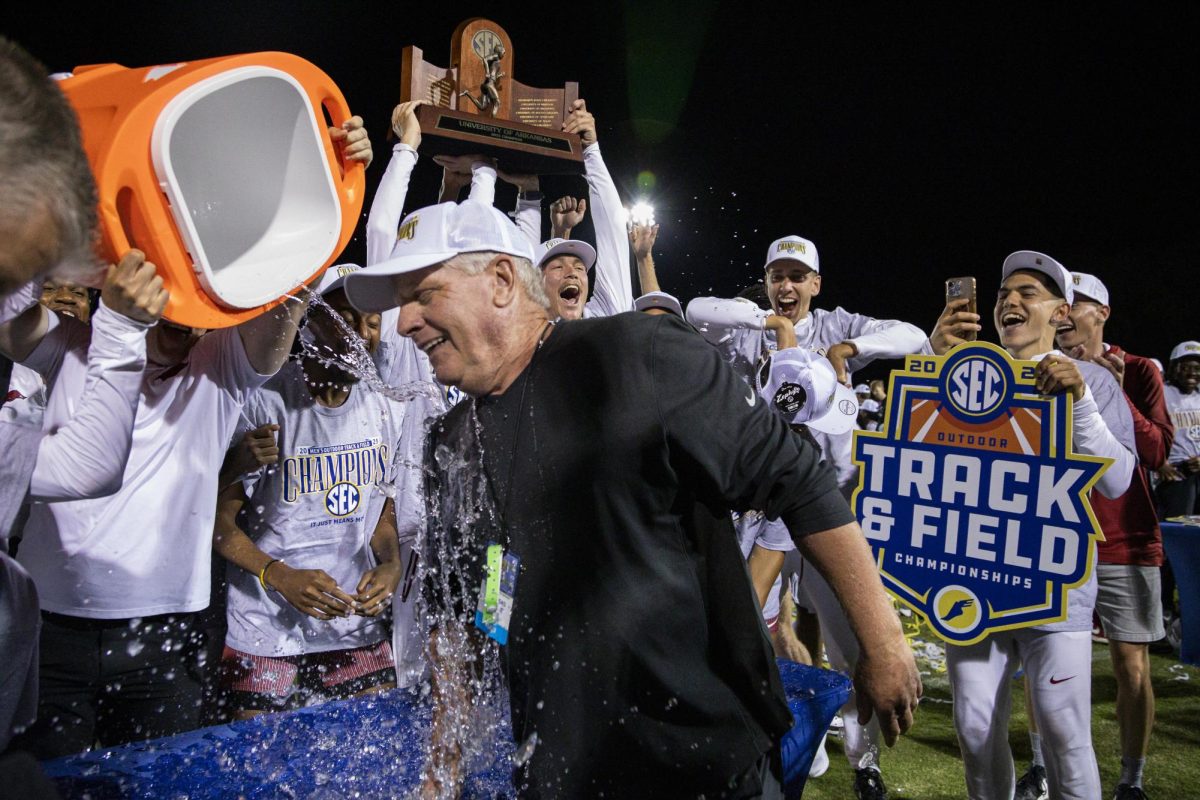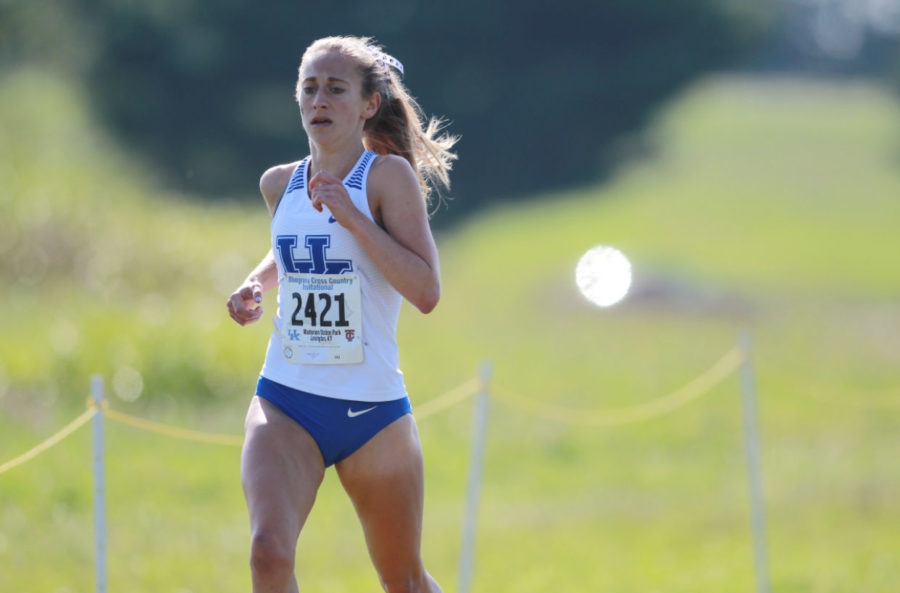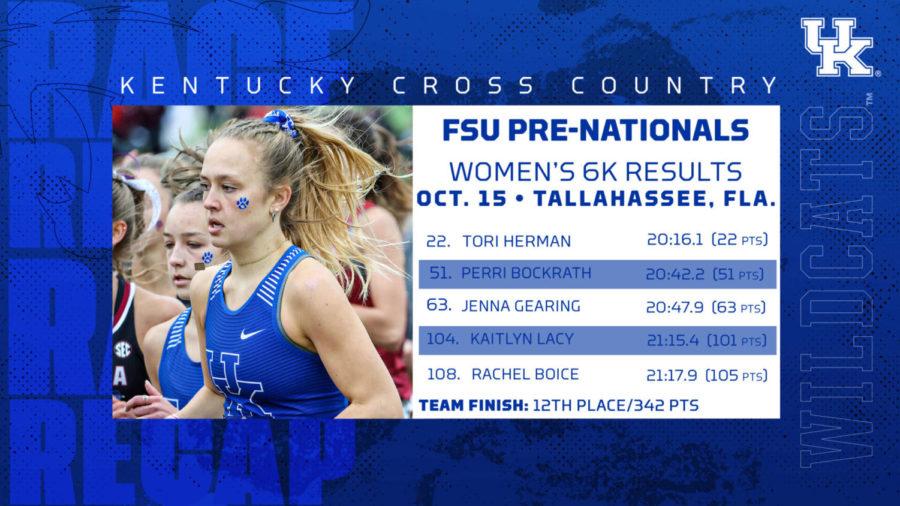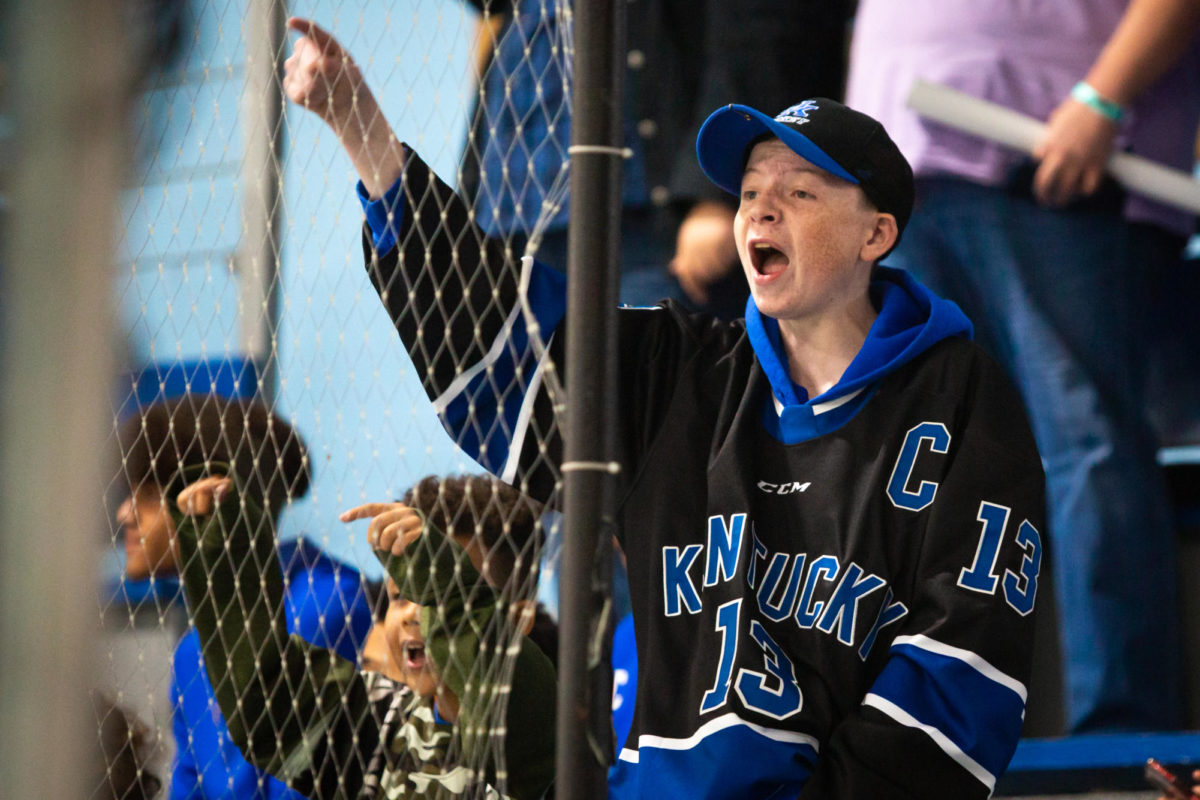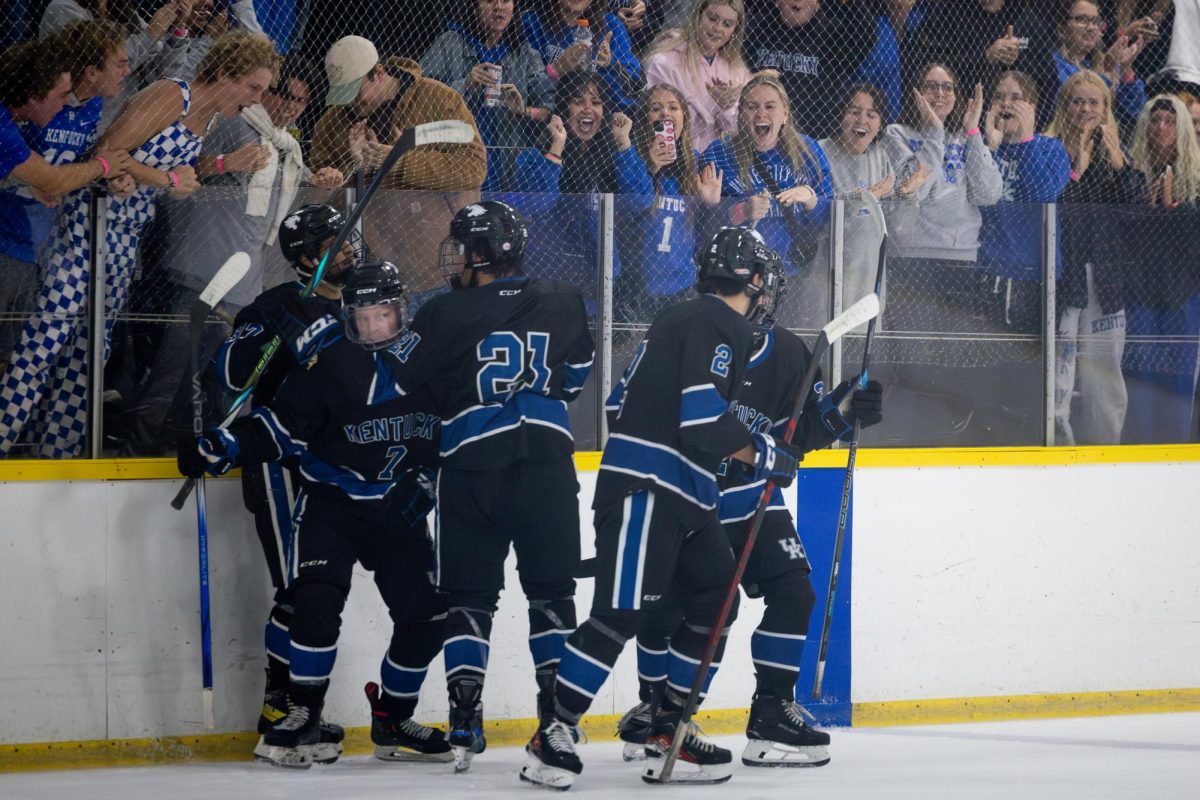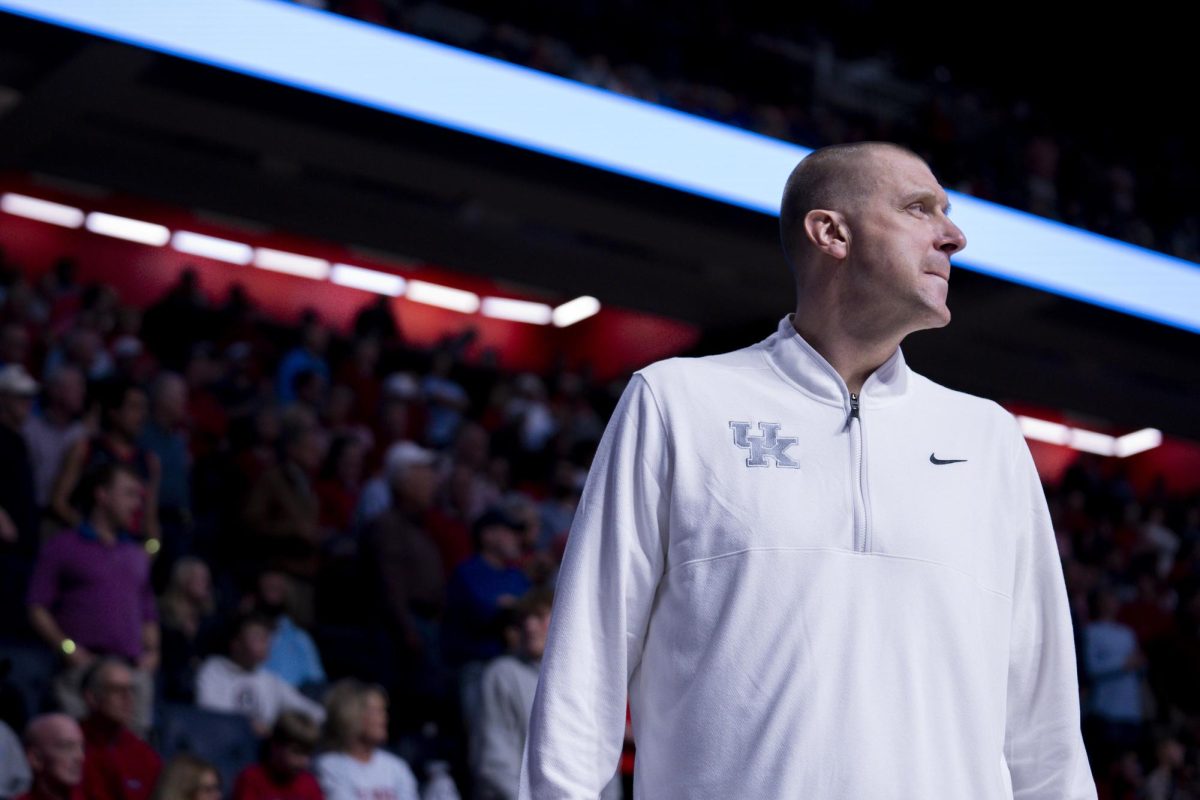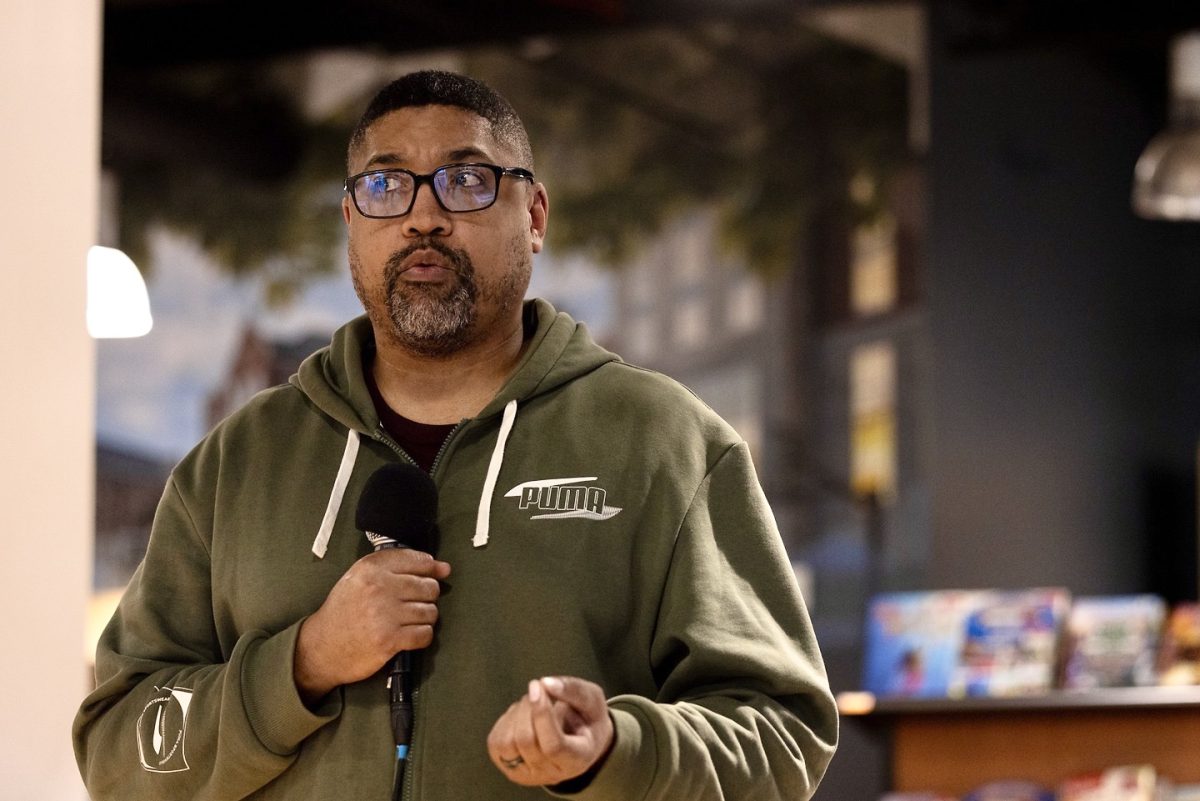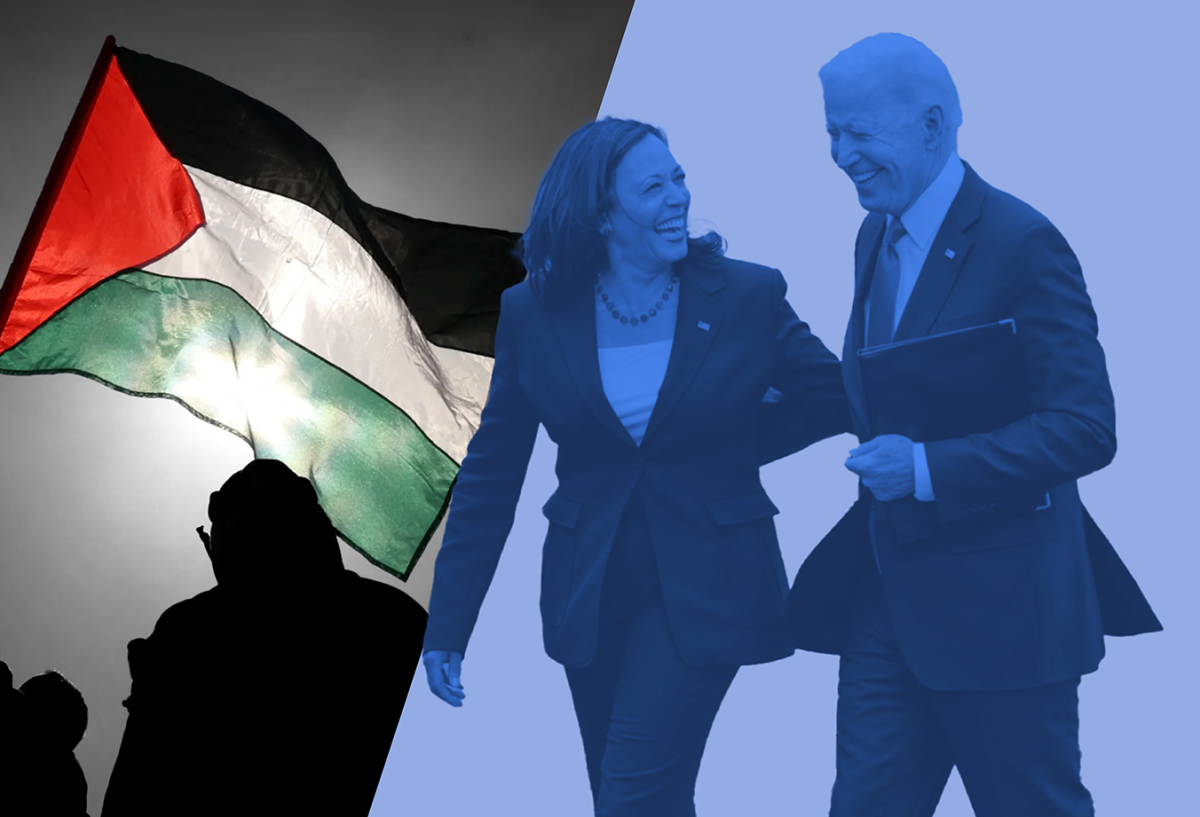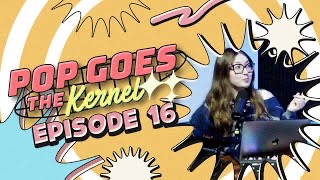Students set the tone for future physics experiments
September 10, 2009
Most undergraduate students learn the basics of their field in a classroom setting. However, this summer, two undergraduate students participated in an advanced physics experiment at the Los Alamos National Laboratory in New Mexico alongside UK Physics and Astronomy Professor Chris Crawford.
Roel Flores, a physics junior, received a fellowship from UK through the Appalachian and Minority Science, Technology, Engineering and Mathematics Majors program that allowed him to accompany Crawford.
“I had already planned on participating in the experiment either way,†Flores said. “The fellowship just allowed for more funding for the experiment.â€
Sue Scheff, coordinator and adviser of the AMSTEMM program, said Flores received a $3,000 fellowship.
“The funds are awarded to encourage students to continue research throughout the summer and to reduce the need to find employment,†Scheff said.
AMSTEMM serves students who are underrepresented in the science, technology, engineering and math majors. Anyone who is registered with the program and involved in faculty-mentored undergraduate research can apply for a fellowship, Scheff said.
Earth and planetary science junior Chris Menard also participated in the experiment. Menard received some funding from the Los Alamos lab as well as a stipend from UK. They also worked with four students from the University of Mexico, Menard said.
The students spent three months at the Los Alamos National Lab researching properties of neutrons, Menard said.
Crawford said he was there for about half of the time working with the students.
The research was focused on determining the polarization of neutrons as precisely as possible, Crawford said.
Crawford said while working on the Neutron Precision Polarimetry Experiment, he and the students used advanced equipment at the Los Alamos lab to investigate properties of neutrons.
“The Los Alamos lab has a unique facility that can produce cold neutrons,†Menard said.
The sophisticated equipment allowed for special techniques to be used to “spin†neutrons, Crawford said, and this technique was used to force the neutrons to spin in the same direction, allowing for a more precise polarization measurement.
Determining the polarization of neutrons is beneficial for other physics experiments, Menard said.
“The more precisely you can measure the polarization, the more precise your measurements will be for other experiments,†Menard said.
The research done at Los Alamos National Lab will lead to new experiments to be run at the new $1.4 billion neutron research facility at Oak Ridge National Laboratory in Tennessee, Scheff said.
In addition to learning more about researching in an actual lab, Flores said he also enjoyed working with people that all had different personalities.
“It’s really a much more diverse field than I realized,†Flores said.
This opportunity was unique for Flores and Menard because they were able to experience research in a real laboratory, Flores said.
“It was a really good experience to work in the actual field rather than just a classroom,†Menard said.
“It wasn’t really exciting in terms of breaking new ground, but our experiment is really important to future physics experiments,†Flores said.














